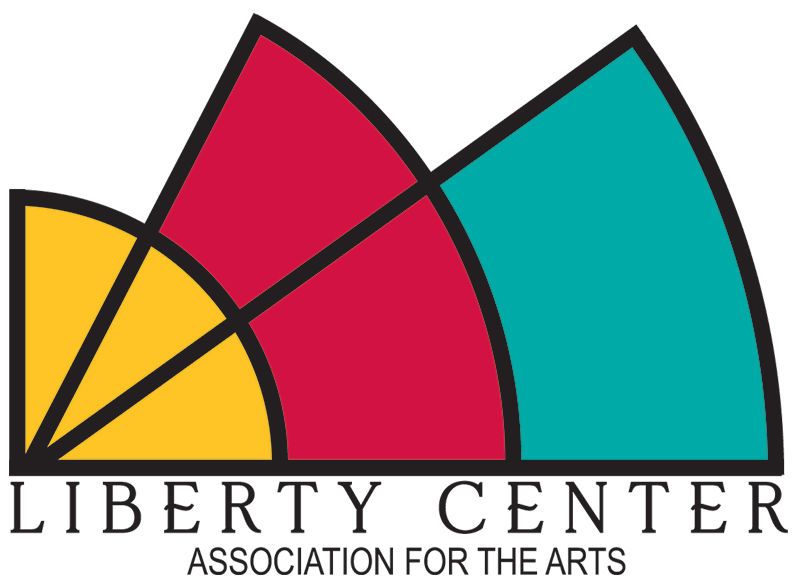Our Story
Films, Campaign Stops, Pageants, Cottage Cheese and Ice Cream A Historical View of the Liberty Center Association for the Arts (LCAA).
What began in 1920 as a community effort to raise funds for a theater continues the tradition today nearly 100 years later. Located at 111 West 5th Street it was originally called the New Lona Theater.
The New Lona opened on August 12, 1920 to a packed house and great reviews. The theater originally seated 1500 people and the entrance was at 5th and Ohio now Fitter's 5th Street Pub. The crowd was greeted by an orchestra to an opening day overture titled 'The Great American Fantasy' by Victor Herbert.
The first show was a silent film titled 'One Hour Before Dawn' and starred H.B. Warner who is familiar as the drunken pharmacist in 'It's a Wonderful Life.' Floral arrangements from Warner Brothers and Paramount Pictures arrived for opening day.
The Lona began with a group of businessmen who came together and raised $200,000 to build a modern theater which would be equivalent to any theater in a larger city.
The Sedalia Democrat said it best about opening day:
'For the Lona is equal to the handsomest theater in any large city of the middle west, and for equipment and comfort has few equals and no superiors.'
Architect, Clifford H. Johnson of Baxter NE visited several theaters to get design ideas for the New Lona. Built in the Classical Revival style the new facility did not disappoint.
A Visit from Franklin D. Roosevelt
On October 9, 1920, then Vice-presidential candidate, Franklin D. Roosevelt and his wife, Eleanor made a stop at the Lona.
Filled to capacity, Roosevelt campaigned on the heroism of the men who fought and won World War I and the heroes who kept things going at home. He and his wife left by train to continue campaigning in Kansas City.
While the ticket of Cox-Roosevelt was considered by some to be the better choice, the republican team of Harding-Coolidge won the presidency by a landslide campaigning on the promise to 'return to normalcy' to a war weary America.
From Lona to Liberty
In 1928 the theater became exclusively a movie theater and was renamed the Liberty Theater and the first 'talkie' was shown. From the 1930's through the early 1950's Liberty Theater continued to show movies but also hosted events showcasing local talent.
Pageants include the 1936 Miss Missouri preliminary as well as a 'Men's Beauty Contest - in feminine attire-no bathing suits please!' hosted by the Sedalia Elks Club and a square dance competition were well attended.
Theater Becomes Warehouse
By 1958, the building was sold to Beatrice Foods (owner of Meadow Gold) and became a warehouse distributor for cottage cheese and ice cream.
Concerned Citizens to the Rescue
At the end of the dairy warehouse era, the building was donated to the city who gave the building to the Sedalia Community Theater. Ginger Swearingen, Jim Giokaris, and architect, Neal Reybourn rallied the support of the community to once again raise the needed funds to bring the building back to a theater. The first fund-raising gala was held in 1983.
Today
In 2016, the Liberty Center became the Hayden Liberty Center, in honor of Mr. and Mrs. Robert Hayden who were major contributors in a campaign to renovate the building. The Hayden Liberty Center houses the Liberty Center Association for the Arts which serves as the community arts organization for the Sedalia area. The LCAA's mission is to culturally enrich the Sedalia region through quality arts programming and provide an historic arts destination as a space for people to come together to celebrate the arts. It continues to host a variety of live entertainment, community theatre, junior theatre, art exhibits, art classes, musical concerts and much more.
